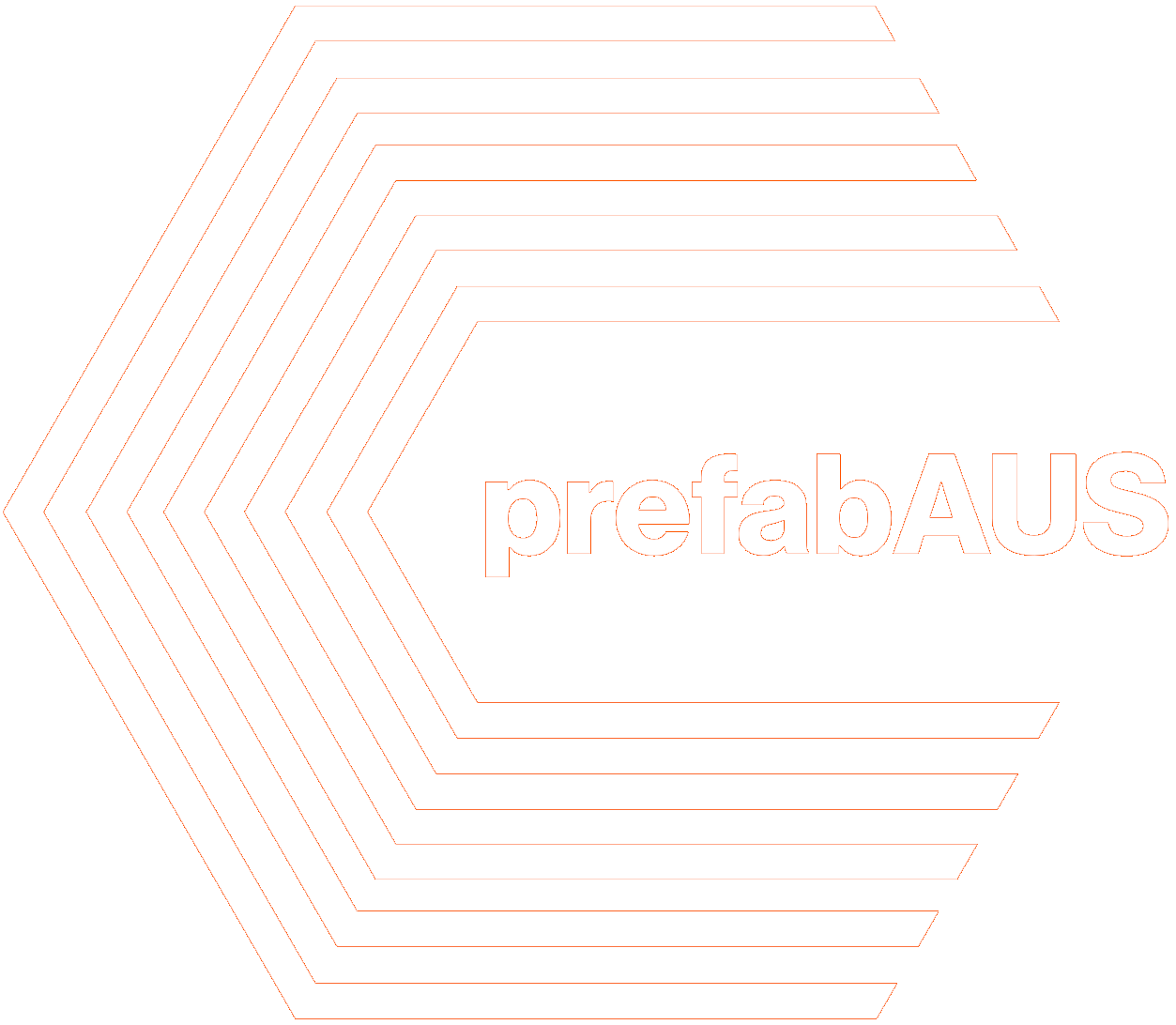Kyiv-based architects design modular shelters for refugees
Architectural and design studio Balbek Bureau presents designs for modular shelter to house Ukrainians.
Amongst the chaos, destruction and suffering of war, architect Slava Balbek recast his thoughts towards the urgent need to house people (modular shelters) who had to flee their homes.
In the days following Russia’s invasion of Ukraine, Kyiv-based architect Slava Balbek stopped work. “It was really pretty hard to focus on something you were doing before—it was basic things to help secure your family, your friends, and your colleagues,” he says.
Around half of the employees at his 75-person company, Balbek Bureau, had left their homes and couldn’t work, but others continued working on the firm’s ongoing projects in Kyiv, Kharkiv, and in the U.S. and Singapore. And Balbek started thinking about the urgent need for new housing for people who’d had to flee their homes.
An estimated 6.5 million people have been internally displaced within Ukraine. That’s in addition to more than 3 million people who have already crossed the border into Poland and other countries. In Ukraine, “a lot of my friends and the parents of my friends are just staying in a school gym or some other huge space,” Balbek says.
He convened a team of 10 architects at his company to start to working on designs for refugee shelters that could quickly be built, and they analysed 20 existing designs for refugee shelters that would be relevant for Ukraine’s cold climate. But they saw a need for something different. “Almost all of them are trying to fit the maximum [number of people] in the site, and they lose the idea of the comfort of the people,” he says. “In my opinion, if you have a site for 100 families, you’d better do it for 80, and leave 20 slots for comfort.”
Last week, the team unveiled a design for a modular shelter that can be built affordably and quickly, but that prioritizes comfort and dignity. Small units can be arranged in configurations to house as few as 50 people, or hundreds, with some of the units used as communal bathrooms and kitchens. Outside, there’s green space and room for playgrounds and sports fields. The open-source design is available for others to use, but the firm is asking everyone to maintain the sense of some spaciousness.
The first shelters are likely to be built in Western Ukraine, and within a day of sharing the design, hundreds of people had reached out, offering to volunteer or invest or otherwise support the work.
See: www.balbek.com

